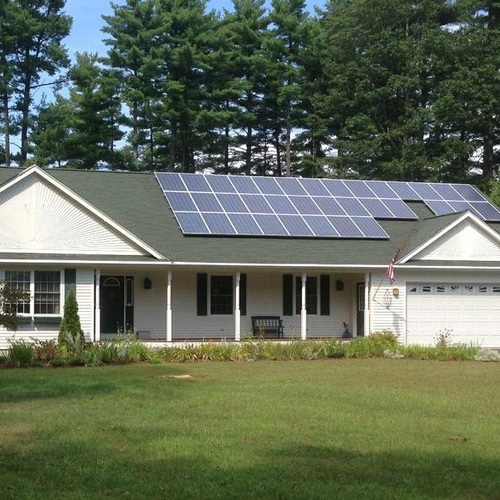
Image Credit: Ty Keltner, Cold Climate Housing Research Center
When Congress passed the Energy Policy Act of 2005, the bill was greeted with a mix of quiet approval in some quarters and criticism by environmental groups for the significant incentives, subsidies, and exemptions it provided to the oil and nuclear-power industries.
But at least one of the bill’s provisions – a $2,000 tax credit for builders constructing homes that meet certain energy efficiency standards – has resonated with both homebuilders and environmentalists, notes Laura Hutchings, president of Populus Sustainable Design Consulting, in commentary posted this week on the Huffington Post website. The main point of Hutchings’ post, though, is not just to extol the merits of the tax credit, but to remind builders, energy raters, and others in the industry that it expired on December 31 and has not yet been extended by Congress.
In other words, let your representative know you’re paying attention. “While many in Congress have voiced support for legislation that promotes energy efficiency and green job creation, it seems that there are some who do not understand the substantial impact that this tax credit has had in promoting energy efficiency in the residential housing market,” she writes. “We need to make sure Congress understands.”
Putting the requirements into practice
Many builders certainly seem to understand. In a survey of its home-energy ratings providers, the nonprofit Residential Energy Services Network, developer of the HERS index and creator of the National Home Energy Audit Standard, found that 23,702 homes were RESNET-certified for the tax credit in 2007, triple the number of homes certified in 2006.
The tax credit was available for each qualifying home sold from January 1, 2006, through December 31, 2009. The homes had to be certified they use at least 50% less energy than a comparable home that complies with standards provided in the 2003 International Energy Conservation Code, including its 2004 supplement, and uses a SEER 13 air conditioner, notes the Tax Incentives Assistance Project, which is sponsored by public-interest nonprofits, energy efficiency advocates, and government agencies, and tracks the performance and fate of Energy Policy Act provisions that affect consumers and businesses in the energy conservation realm. Another requirement for certification: building envelope efficiency must account for at least 20% of the 50% energy savings.
Weekly Newsletter
Get building science and energy efficiency advice, plus special offers, in your inbox.















0 Comments
Log in or create an account to post a comment.
Sign up Log in